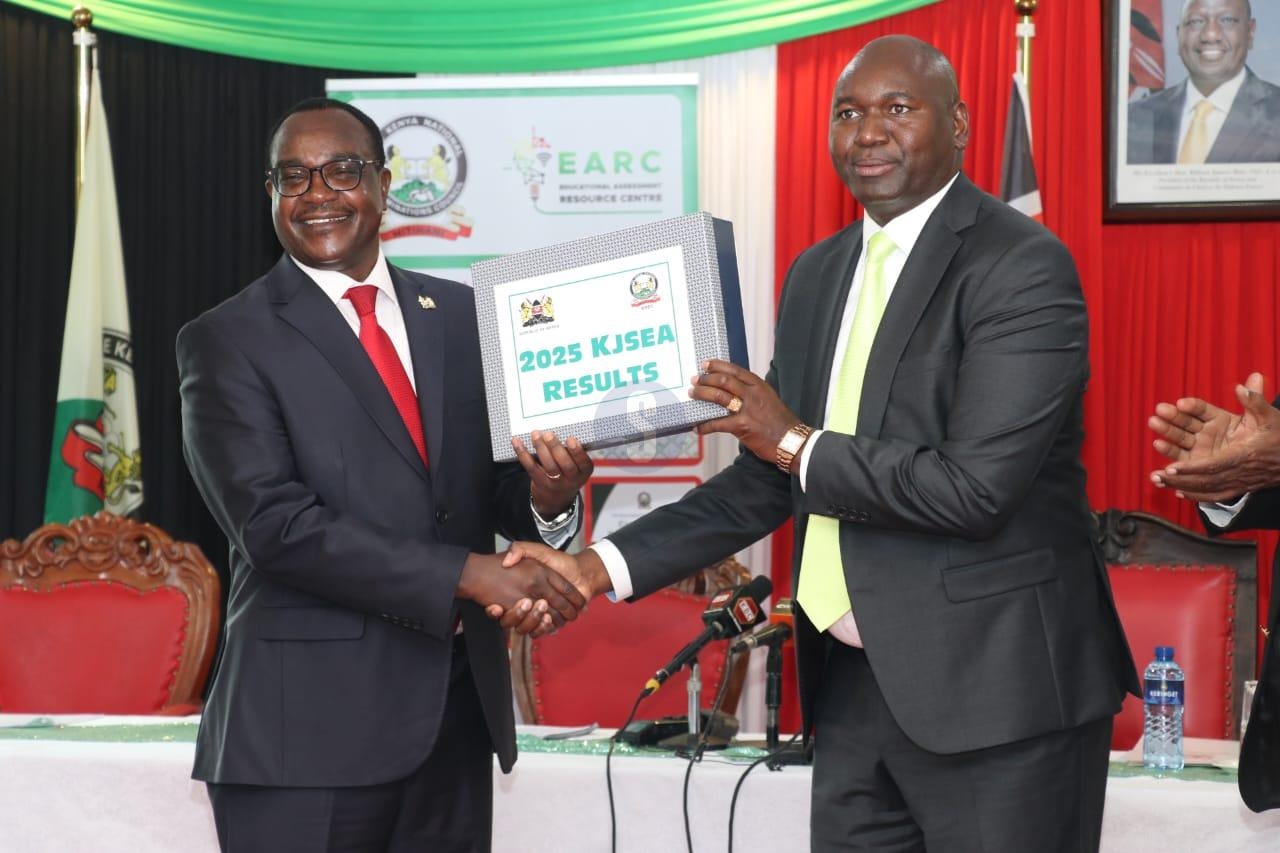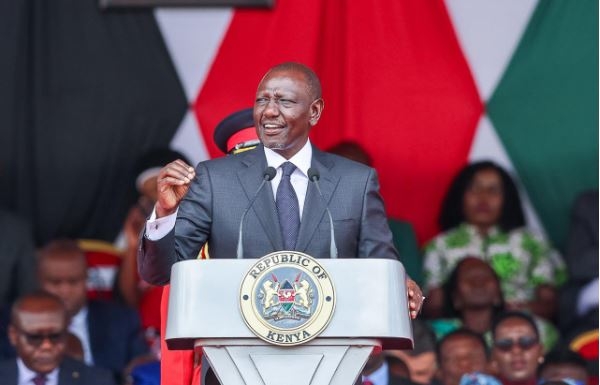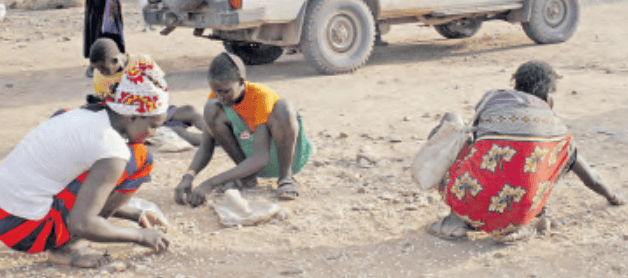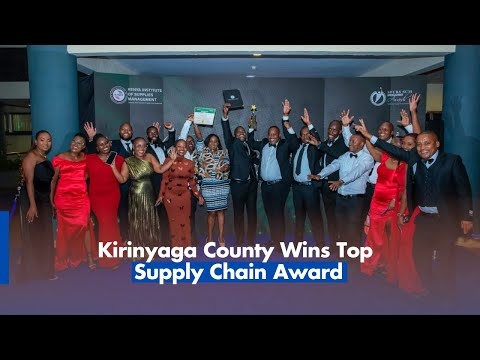

Environment, Climate Change and Forestry Deborah Barasa during the opening of 71st Greater Horn of Africa Climate Outlook Forum.
As
the impacts of climate change become more intense, scientists have called for
the scaling up of early warning systems to save lives, protect livelihoods and
enable governments and communities to plan better.
Speaking on Monday at the opening of the 71st Greater Horn of Africa Climate Outlook Forum (GHACOF 71), experts said early warning gaps endanger communities and called for more investment in alerting systems. The session was at the Trademark Hotel.
“The Greater Horn of Africa is becoming increasingly vulnerable to climate extremes, with communities facing the consequences of erratic rainfall, prolonged droughts and devastating floods, Environment CS Deborah Barasa said.
“These climate-related risks do not respect borders; they test the resilience of both Igad [Intergovernmental Authority on Development] and EAC member states alike.”
Barasa said addressing the impacts of climate change requires more than awareness; it calls for shared knowledge, timely information and a united regional approach.
Over 28 years, the Greater Horn of Africa Climate Outlook Forum has become a cornerstone of regional climate service delivery, bringing together climate scientists, decision-makers and sectoral users, she said.
They translate the Regional Seasonal Climate outlook into actionable solutions for key sectors in the region.
The two-day forum is themed “Climate Services for Bridging the Early Warning Gap Together.”
The forum also includes climate scientists, policymakers, researchers and development partners.
It was organised by the Igad Climate Prediction and Applications Centre (ICPAC), in collaboration with the Kenya Meteorological Department and other partners.
It aims to evaluate the performance and effects of the June to September (JJAS) 2025 season and present the consolidated regional climate outlook for the October-November-December 2025 season.
The forum also discusses the implications of the October-November-December 2025 climate forecast and management strategies.
During the forum, it was revealed that 41 million people in the eight-member IGAD region are food insecure. They are Djibouti, Ethiopia, Kenya, Somalia, South Sudan, Sudan, Uganda and Eritrea.
Igad deputy executive secretary Mohamed Ware noted said the Greater Horn of Africa continues to experience the climate crisis, saying seasons that once followed familiar rhythms now arrive with uncertainty.
They
suffer longer and harsher droughts, sudden floods and unpredictable rainfall
patterns.
“One of the most powerful tools we have in this journey is climate information,” Ware said.
“When it is timely, reliable and accessible, it saves lives, protects livelihoods and enables governments and communities to plan better. When it fails to reach the last mile, the cost is counted in human suffering.”
Ware said collaboration and early action are critical; resilience cannot be built in silos.
He said IGAD is trying to scale up delivery of climate services that are not only scientifically robust but also practical and user-driven.
Environment PS Festus Ng’eno said Kenya launched the National Framework for Climate Services (NFCS) in March 2025.
It aims to improve the coordination, delivery and use of climate information across all climate-sensitive sectors, namely agriculture, water, health, energy and disaster management. It includes a costed action plan specifying required investments in technology, capacity building, and governance structure.
“The Framework aligns with Kenya Vision 2030, contributes to National Adaptation Plans (NAPs) and supports NFCS’s role in NDC (Nationally Determined Contribution) and NAP (National Adaptation Plan) execution.
Once implemented, the framework aims to strengthen early warning systems, expand observation and monitoring networks, support research and innovation, enhance user capacity and provide actionable climate data. The information would be used by agriculture, water, disaster response, and infrastructure planning sectors.
In a speech read on his behalf by Environment Secretary Selly Kimosop, Kenya Meteorological Department acting director Edward Muriuki said implementing an early warning system for all would significantly reduce damage caused by climate-related hazards.
It would provide critical lead time to evacuate affected communities, safeguard infrastructure and implement risk-reduction measures.
Muriuki said the effectiveness of the early warning systems depends on collective action.
“We need to invest in the development and maintenance of these systems,” he said.
“It is our responsibility to ensure warnings reach everyone, including the most vulnerable communities. This forum is a critical step to develop early warning protocols and an opportunity to educate our people about the risks of climate change and how to respond effectively to mitigate against risks.”
He said the department remains committed to ensuring weather and climate services are accurate and timely for effective decision-making.
The partnership between KMD and ICPAC is evident at national and county levels through initiatives such as the National Climate Outlook Forums, Participatory Scenario Planning and PICSA training that ICPAC supports, Muriuki said.
“These programmes ensure critical information is available to the last-mile user,” he said, “and have significantly enhanced capacity to cope with climate-related challenges through proper planning from timely and accurate climate information.”













